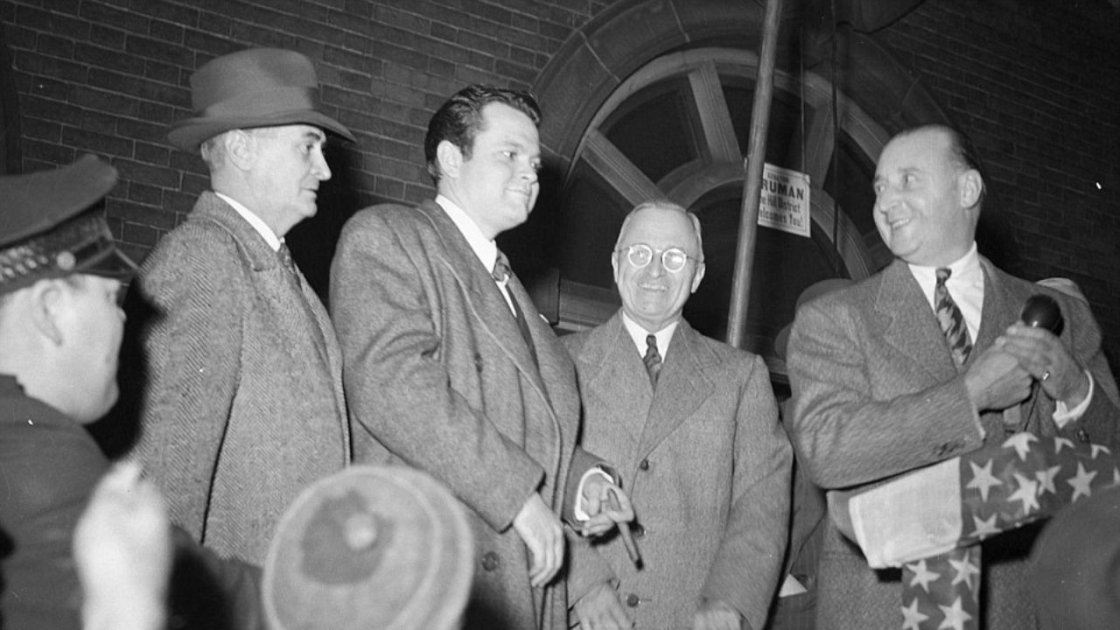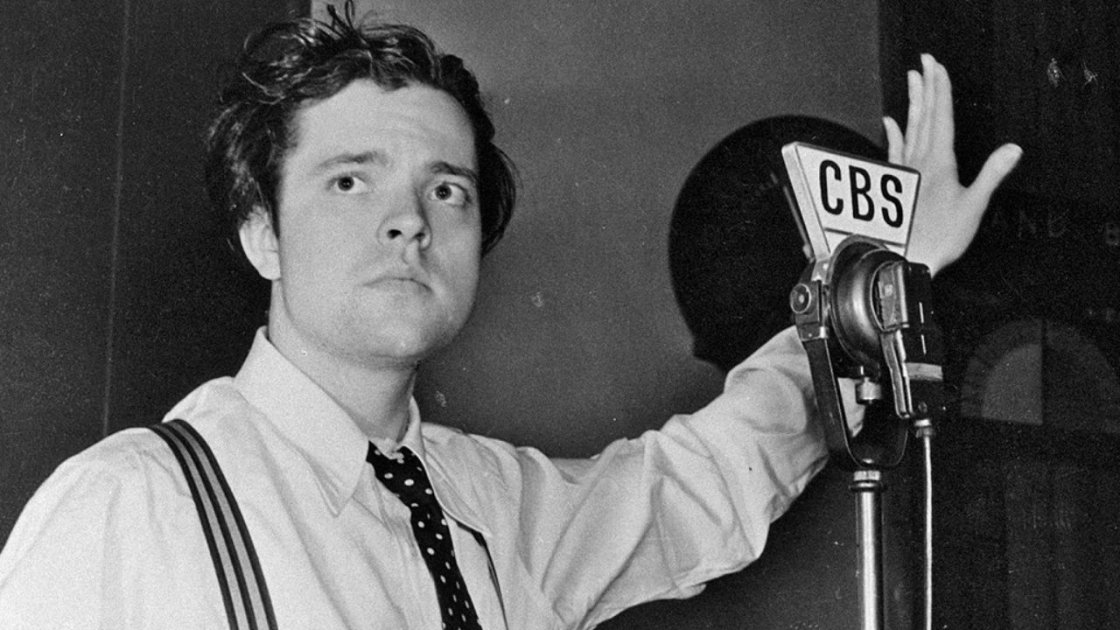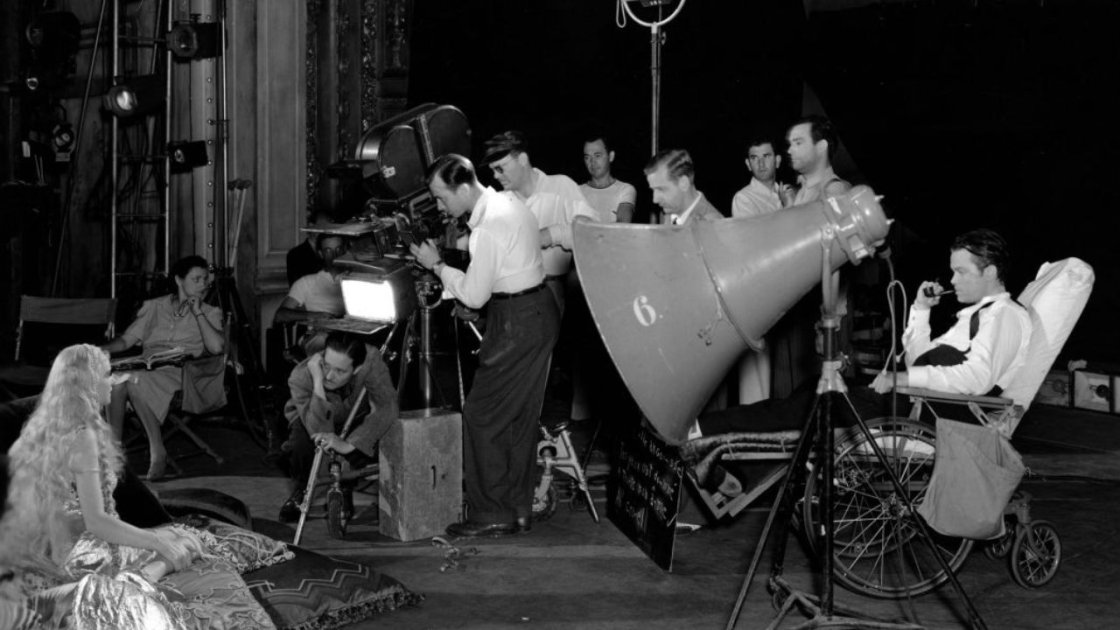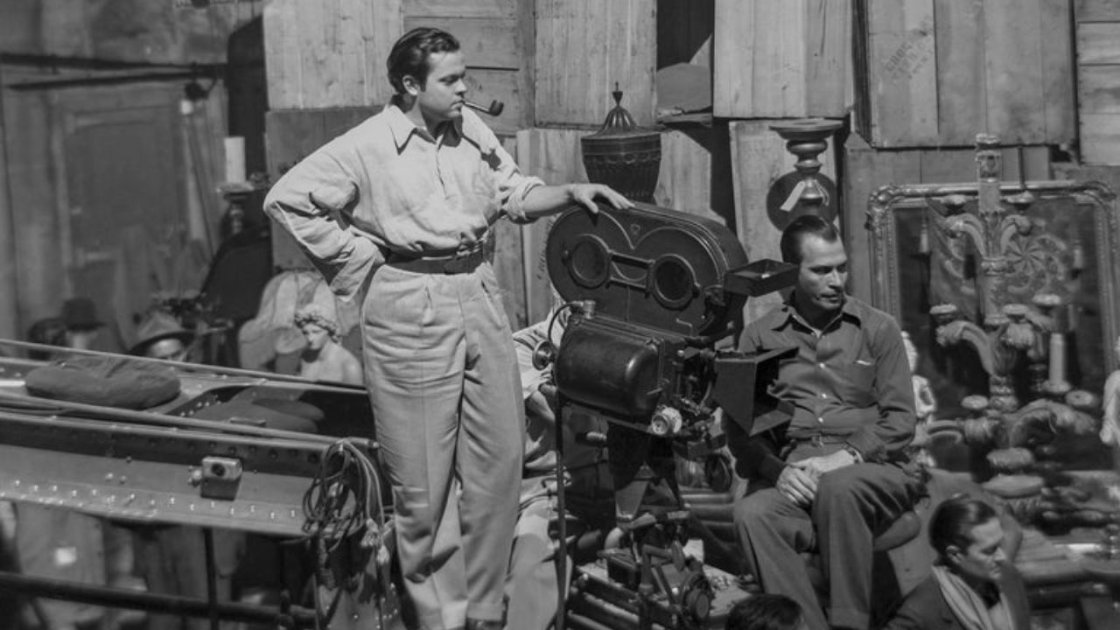
Citizen Kane is an American drama film that was released in 1941. It was produced and directed by Orson Welles who was also the star actor of the film. Welles and Herman J. Mankiewicz wrote the screenplay. Citizen Kane was the first ever feature film Welles wrote and his work is very well renowned even in today’s Hollywood cinema. Many people title it as the greatest film ever made in Hollywood history. For 50 consecutive years, it stood at number 1 in the British Film Institute's Sight & Sound decennial poll of critics, and it topped the American Film Institute's 100 Years, 1998 100 Movies list as well as its update in 2007. The film was nominated for Academy Awards in nine categories and it won for Best Writing for an Original Screenplay by Mankiewicz and Welles. Citizen Kane is praised by everyone for Gregg Toland's cinematography, Robert Wise's editing, Bernard Herrmann's music, and its narrating sequence that can not be found in new movies regardless of the technological advancements and film equipment we use nowadays.
Also Read: Hollywood's Golden Age VS Modern Cinema: A Comparative Analysis Of Celebrity Culture
Storyline and Plot

The film is based on real life events with a facade of fictional elements. It examines the life events and legacy of Charles Foster Kane, played by Welles, who is character based on American media barons William Randolph Hearst and Joseph Pulitzer, Chicago tycoons Samuel Insull and Harold McCormick, as well as different aspects of the writers' own lives. The writers did a great job with expressing their thoughts, ideas and feelings through their dialogues giving slight hints in the character’s development arc, from their own personal lives and experience but not overshadowing the script with their own opinions and ideologies. Which is why the originality of the plot and complexity of the story remains intact and raw heart touchingly impresses the audience. Upon its release, Hearst prohibited the film from being mentioned in his newspapers.
The Idea behind the story

Welles's Mercury Theatre was very successful and grasped a lot of attention. His talent and hardwork was very obvious especially after the and the controversial 1938 radio broadcast on air in the Mercury Theatre"The War of the Worlds", Welles was approached by Hollywood executives giving him a great opportunity to showcase his art in films and movies. In 1939, He signed a contract with RKO Pictures. Even though it was very unusual for a new director to have complete freedom on developing his own story on his own and to use his own cast and crew according to his own need and at the end also having the final cut privilege. After this contract, he decided to write the screenplay for Citizen Kane, collaborating with Herman J. Mankiewicz. Principal photography took place in 1940, the same year its innovative trailer was shown, and the film was released in 1941.
Delayed Success and appreciation

Unfortunately, it was not a cinematic success at first due to the fact that Citizen Kane failed to recoup its costs at the box office. It wasn't exactly a number one box office hit film. The hype around the film died and faded right after its release, but it returned to public attention and got immense popularity when it was praised by French critics such as André Bazin and its re-release was announced in 1956. In 1958, the film was voted number 9 on the prestigious Brussels 12 list at the 1958 World Expo. Citizen Kane was selected by the Library of Congress as an inductee of the 1989 inaugural group of 25 films for preservation in the United States National Film Registry for being titled culturally and historically significant.
Filmic Elements

Citizen Kane was way ahead of its time, in terms of filmic elements. Its most important and impressive contribution to the film’s cinematography came from the use of a technique known as deep focus. Deep focus is basically having shot everything in the same frame,including the background, with people in focus at the same time. This technique requires combining lighting, composition, and type of camera lens to produce the end effect. Through this difficult technique,a filmmaker can portray overlapping effects. It focuses on the whole space of the frame without leaving the viewer confused, it grasps the viewer’s attention by hooking it to a single frame. It was the best chosen technique to portray Kane’s loss of control and his personal isolation because it gives the audience a larger sense of connecting with the character through the screen. Citizen Kane introduced Hollywood to the creative potential of new cinematic techniques as well. One such innovation was a technique known as the "wipe" where one image is wiped off the screen by another. Other innovations include experimenting with camera angles.